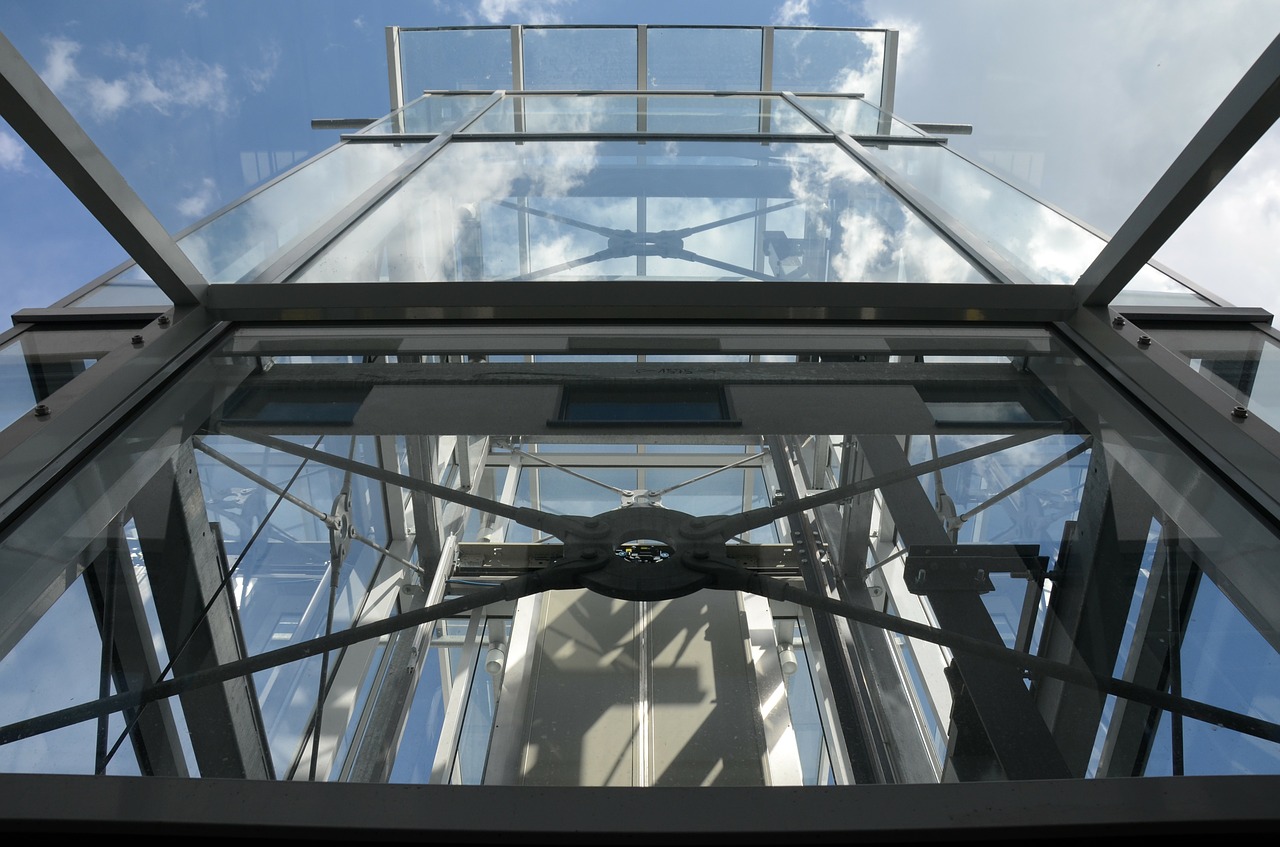How often are you in an elevator and think to yourself, “has this elevator ever been cleaned”? According to studies done in the U.S., the number of bacteria present on elevator buttons is almost forty times higher than on a public toilet seat. Samples taken in hotels, restaurants, banks, offices and more, showed that the level of bacteria on elevator buttons far exceeded that on the average public toilet seat. So, as we continue to deal with COVID-19 and other viruses, elevator cleaning has never been more important. Here, Vanguard Elevator discusses the importance of cleaning your elevator in 2022.
Elevator Cleaning Vs. Disinfecting
When it comes to cleaning an elevator, it’s important to clarify the difference between cleaning and disinfecting. Here’s how the Centers for Disease Control and Prevention (CDC) differentiates the two:
- Cleaning is the process of using water and soap or detergent to remove dirt and stains. This lowers the risk of spreading a virus, but won’t kill said viruses, bacteria or fungi.
- Disinfecting an elevator uses chemicals to kill germs and bacteria. With that being said, it won’t necessarily remove spots and impurities. In order for this process to work, you will need to clean a surface (as mentioned above) before applying disinfectant. Check out the EPA for a list of extensive registered disinfectants that are effective against viruses like COVID-19.
Elevator Cleaning 101
For some building owners, elevator cleaning can be a process. Depending on the number of elevators, it takes time and effort to not only clean and disinfect, but to do it properly. Below are effective and efficient ways to clean all aspects of an elevator. From the floors, buttons and more, it’s important to know the best steps to take to clean an elevator.
Walls, Doors & Handrails
- Before you disinfect these surfaces, use soap and water to remove any visible dirt and grime. Use cleaning products that are recommended by the manufacturer. This is especially important for electrical areas so that you do not break anything causing more costly damage.
- DO NOT pour water or any liquids on any of the electrical areas. It’s recommended to use a damp paper towel or cloth to wipe down these surfaces.
- Use a disposable paper towel or a microfiber cloth. Opt for a non-abrasive, non-corrosive solution that is compatible with the surface material.
Elevator Floors
- First, sweep or vacuum the floor or carpet. Carpets can accumulate dust, germs and dirt, so it’s important to vacuum even if the floor looks clean.
- Secondly, use a mop or steam cleaner to really clean and disinfect the floors. Non-carpeted flooring can be disinfected with a non-abrasive, non-corrosive solution. Make sure that your cleaning solution won’t damage the flooring.
Rugs, Mats, etc.
- Remove noticeable debris on top of the surface. If applicable, remove the rug, mat, etc completely and ring it out to remove dirt from the rug and to clean underneath them as well.
- If possible, wash the items in the laundry on the warmest setting. This will help kill any living bacteria on or under the rug or mat.
Non-Chemical Elevator Cleaning Options
Chemicals aren’t the only way to disinfect an elevator. Purifying and disinfecting products, like the CASPR 200, are designed to kill bacteria, viruses and other germs in elevators. These small systems are installed in the elevator cab and eliminate air pollution, including illness-causing pathogens. The CASPR 200 has a 99.99% kill rate on surfaces. Definitely something to consider if you are installing or updating your elevators.
Protect Passengers During The Cleaning Process
The safety of your passengers is very important. Check out a few helpful tips to protect passengers as well as yourself during the cleaning process:
- If you have a high-traffic area, shut down the elevator during the cleaning process. This will help you avoid interruptions and unnecessary contamination.
- Wear protective cleaning gear to protect your skin and clothing from chemicals and potential viruses.
- Wash your hands before and after an elevator cleaning.
- Avoid touching your face.
How Often Should You Clean
If you have multiple elevators located in a busy, high-traffic office building, it’s recommended to clean and disinfect them every other day. If you have a single elevator in a small apartment building, a weekly cleaning could be fine.
Medical facilities should obviously take a different approach. Since sick people are constantly coming in and out, elevators in high-traffic areas should be continuously disinfected daily.

Looking To Get An Elevator Installed? Call Us Today!
Vanguard Elevator is committed to providing the highest level of service for all of your vertical transportation needs. On every job, we strive to deliver quality service at an exceptional value. Whether you need maintenance, modernization or new construction, we will provide the same high-quality service that our organization is founded on. Give us a call today!

